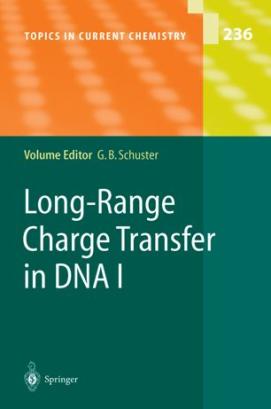
The transfer of positive charge through DNA has been investigated in great detail over the last couple of years. In this area, major new mechanistic insights have been gained using defined acceptor modified DNA strands. Transport of exon electrons, in contrast, is much less well-explored. Our current mechanistic understanding is based on EPR spectroscopic studies of DNA material reduced using solvated electrons. Herein we report the development of defined donor-acceptor modified DNA double strands which allow the study of excess electron transfer with high precision. The model mimics the DNA repair process of DNA photolyases: they contain a reduced and deprotonated flavin as a light-triggered electron donor and a thymine dimer as the electron acceptor. The dimer performs a cycloreversion upon single electron reduction, which translates the electron capture event into a readily detectable strand break signal. Investigations with these model systems allowed us to clarify that electrons hop through DNA using pyrimidine bases as stepping stones.
